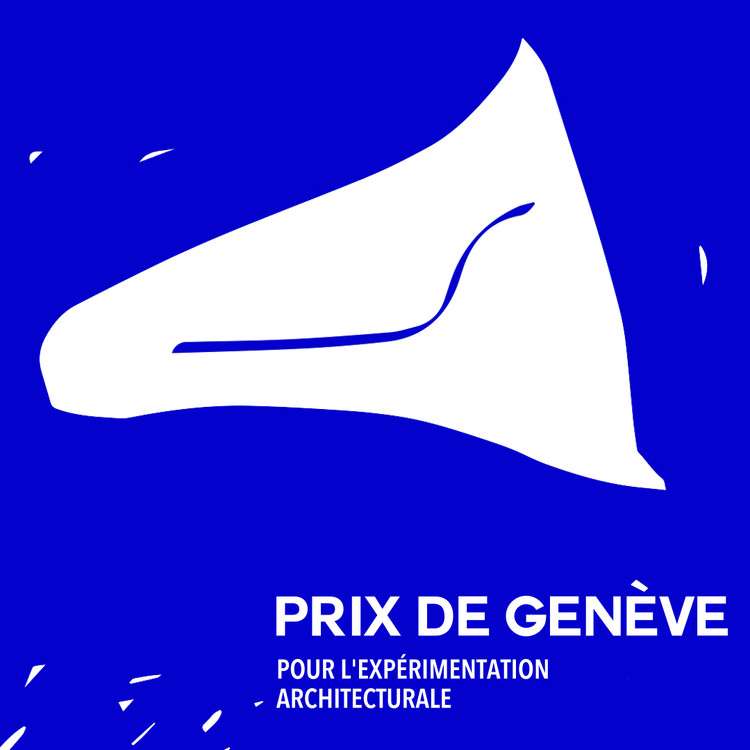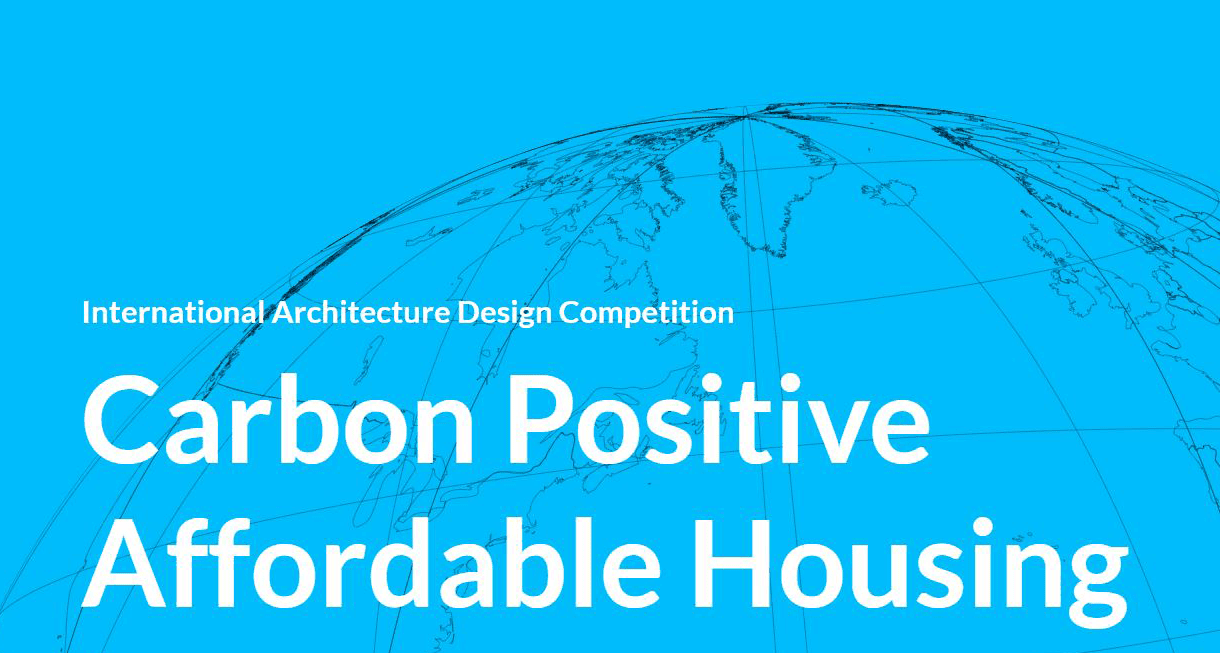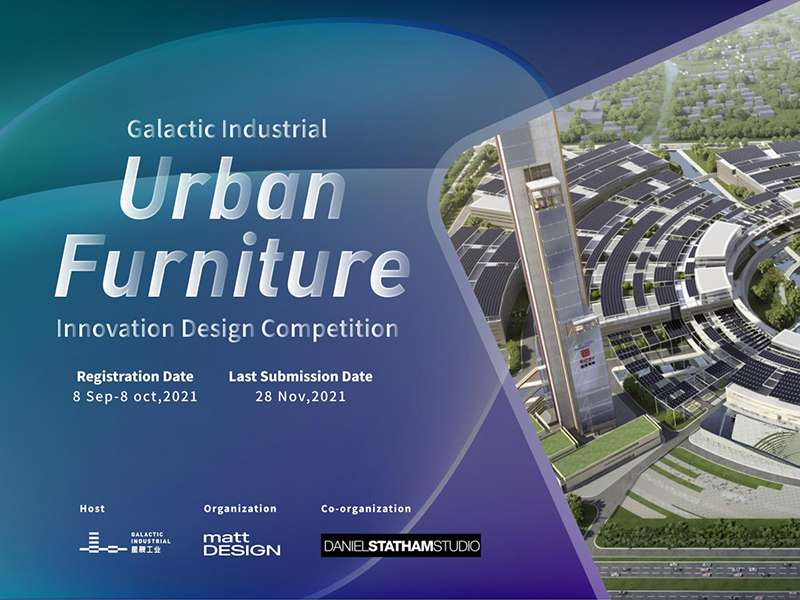There is an urgent need for playgrounds that welcome all children, regardless of their physical, sensory, or cognitive abilities. Most existing playgrounds lack universal accessibility, unintentionally excluding children with disabilities from enjoying play and vital social interactions. The “Boundless Joy” competition seeks to address this gap by fostering the creation of inclusive play spaces that enable every child to experience the joy of play while promoting social inclusion, community, and equality.
Objective
The goal of the “Boundless Joy” architectural competition is to inspire participants to design universally accessible playgrounds catering to children with diverse disabilities. The challenge is to go beyond conventional playground designs and create an inclusive environment where every child can play together safely and joyfully. The ultimate aim is to produce a playground that serves as a beacon of inclusivity, eliminating barriers so every child can experience the joy of play and the power of social connection.
Site
Participants are encouraged to select a site within their locality for their playground design. The site should be an urban park area of less than 500 square meters, ideally located near residential neighborhoods and schools. This flexibility allows participants to address local needs and contexts while ensuring the playground serves a broad community. Designs should complement the existing park environment, using the natural landscape to enhance the play experience and provide a safe, inclusive space for all children.
Constraints
1. Accessibility Designs must ensure that all playground features are accessible to children with physical, sensory, and cognitive disabilities. This includes wheelchair accessibility, sensory play elements, and inclusive equipment.
2. Safety Safety is paramount. Playgrounds must comply with international safety standards and regulations to prevent injuries.
3. Inclusivity The design should promote social interaction among children of all abilities, encouraging play and collaboration.
4. Durability and Maintenance Materials used should be durable and easy to maintain, ensuring the playground remains safe and functional over time.
5. Cost-effectiveness The playground should be affordable to construct and maintain, considering budget constraints typical for community projects.
6. Aesthetic Integration The design should harmonize with the surrounding environment, creating a visually appealing space that enhances the overall park experience.
7. Community Input Consideration should be given to input from the local community, including children and parents, to ensure the playground meets their needs and preferences.
The “Boundless Joy” competition aims to inspire innovative, inclusive playground designs that can serve as models for future projects worldwide, promoting the idea that play should be accessible to every child.
Finally, find out more on ArchUp:






